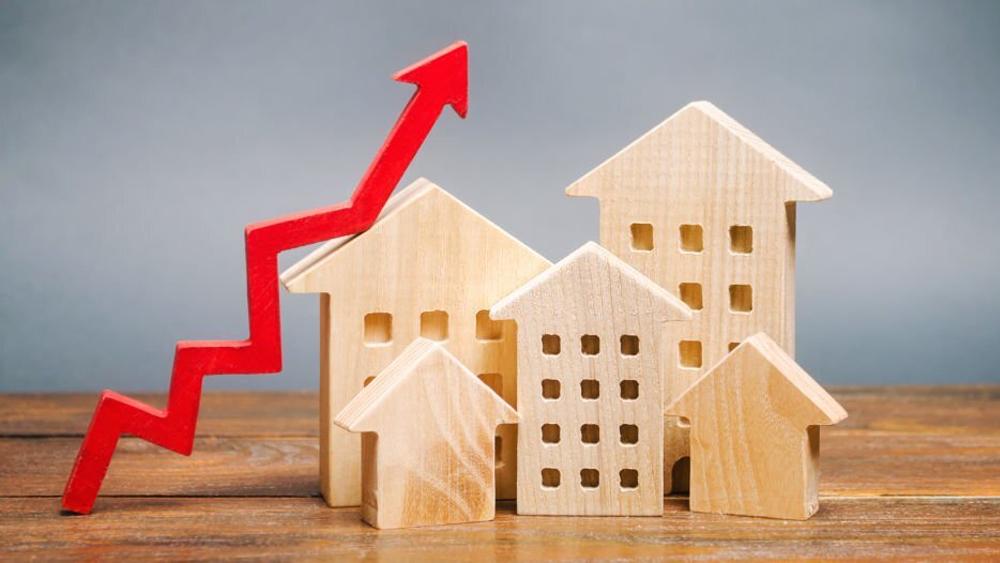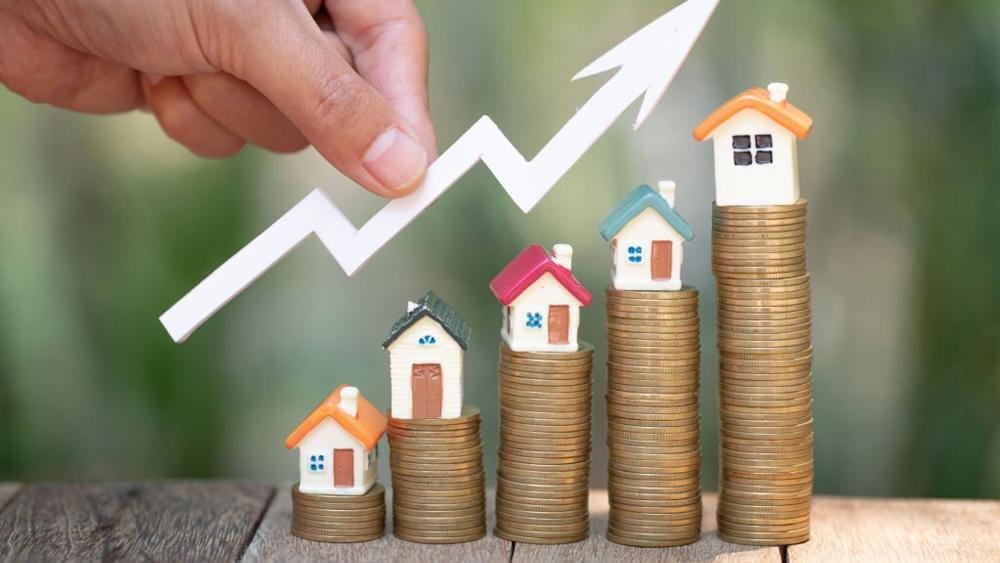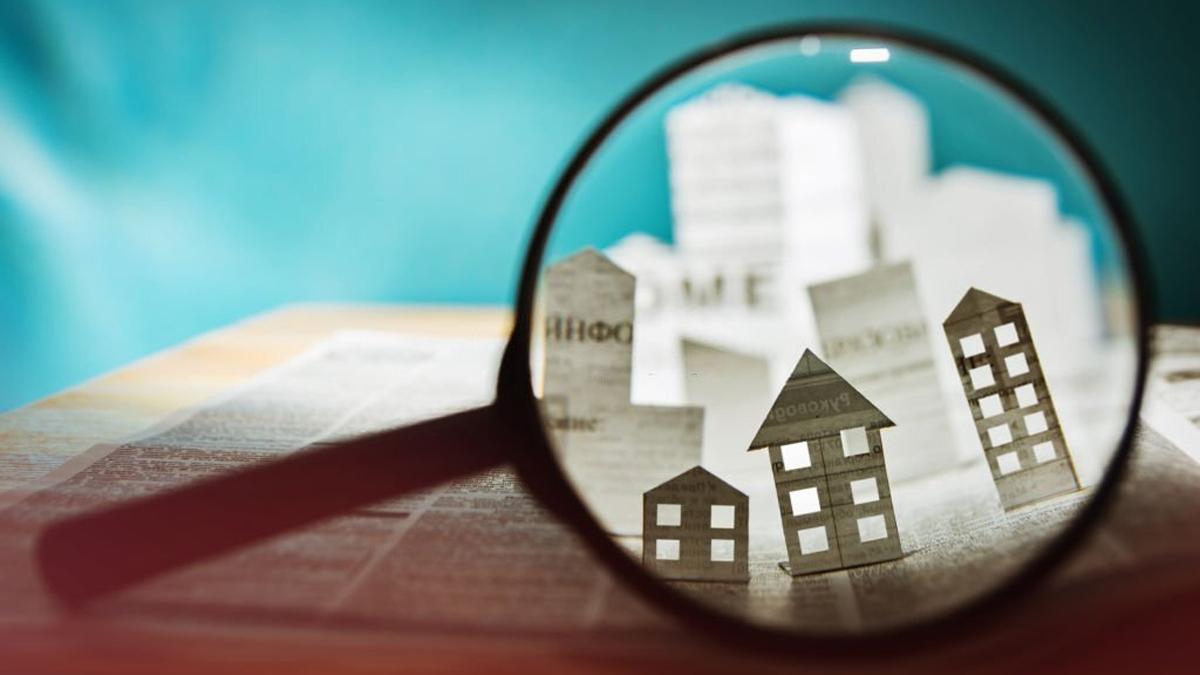Like many other aspects of life, the concept of a perfect property portfolio is very subjective. Your objectives, financial status, and risk tolerance will all be a factor in your decision. This means that what works for someone else may not work for you. For example, some people have made a fortune by purchasing older properties and rehabilitating and reselling them. It’s possible that some people made money by making long-term investments in new homes. Investing in real estate can be done in many different ways, but the key to building a successful property portfolio is maintaining a sense of proportion.
Before making a property portfolio, identify your goals
First and foremost, you need to know what you want to accomplish when making your property portfolio. Are you interested in capitalizing on rising property values in the long run? Or are you expecting to increase your income by renting out your property? Do you want to sell your house right after a few renovations? A blend of the three is most likely what you’ll be aiming for. These questions can help you figure out what kind of property you wish to buy.

There are risks involved even when building a property portfolio
Make certain you’ve done your homework before making your property portfolio. With the technique of positively gearing, you must be aware of the financial risk of having time between renters where you would be financially responsible for the property’s repayments. Additionally, if you want to use your investment properties as negative gearing, you must understand the tax ramifications of doing so and what deductions you are eligible for.

What do you need to include in your property portfolio?
How far along you are in your investment journey, how much personal and financial wealth you have, and when you want to reach specific financial objectives are all factors to consider. If you’re just starting out as an investor and have an average salary, you’ll want to focus on properties that provide positive or neutral cash flow. It’s also worth noting that older homes on the outskirts of capital cities tend to have greater rental returns because of their lower prices and the ability to boost their value through renovation. As a result, it may be possible for you to reap the benefits of both rental and capital gains.
Grow your property portfolio cautiously
You must use caution when attempting to create a property portfolio. Keep an eye on the housing market and the rest of the economy to see how they’re doing. For example, if property values fall, it may be an excellent opportunity to invest and buy a home. Keeping an eye on your debt will also be necessary. To borrow against the value of many properties at the same time is usually not recommended. This is because if you can’t afford your mortgage payments, you may be forced to sell multiple properties.

It’s done! Use the tips and tricks above to build a profitable property portfolio without falling prey to the many pitfalls along the road. If you have any questions regarding purchasing a property in Vancouver, Give us a call, and our professional local realtors will help you find your desired property, be it a modern apartment or an old house.

